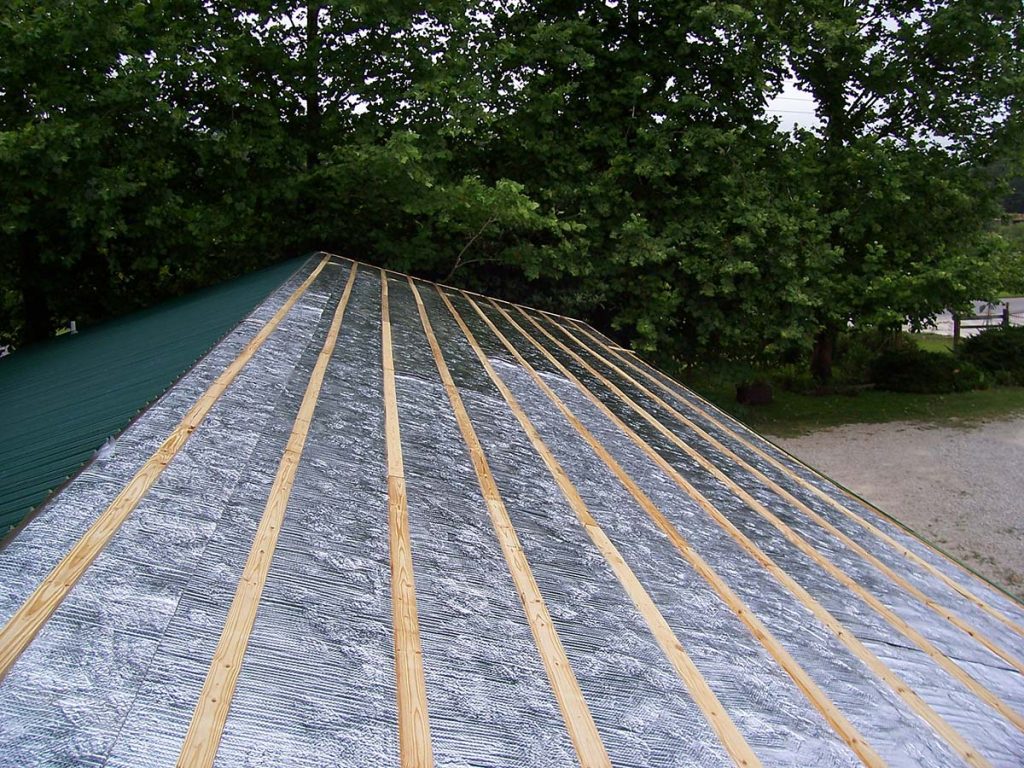The Ultimate Guide to Choosing the Most Effective Insulation for Optimal Home Warmth

When it comes to keeping our homes warm and cozy, insulation plays a crucial role. With various options available in the market, it can be challenging to determine the warmest insulation for your house. In this comprehensive guide, we will explore different types of insulation materials, their insulation properties, and factors to consider when choosing the most effective insulation for your home.
- Understanding Insulation:
Insulation is a material used to reduce heat transfer between the interior and exterior of a building. It acts as a barrier, preventing heat loss during winter and heat gain during summer. The effectiveness of insulation is measured by its R-value, which indicates its resistance to heat flow. The higher the R-value, the better the insulation's thermal performance. - Types of Insulation Materials:
a. Fiberglass Insulation:
Fiberglass insulation is one of the most common and cost-effective options available. It consists of fine glass fibers and is available in batts, rolls, or loose-fill forms. Fiberglass insulation has a high R-value and is resistant to moisture, making it suitable for various areas in the house.
b. Cellulose Insulation:
Made from recycled paper or plant fibers, cellulose insulation is an eco-friendly option. It is treated with fire-retardant chemicals to enhance its safety. Cellulose insulation is effective in reducing air leakage and provides excellent soundproofing capabilities.
c. Spray Foam Insulation:
Spray foam insulation is a versatile option that expands and hardens upon application. It creates an airtight seal, preventing air leakage and reducing energy loss. Spray foam insulation has a high R-value and is ideal for sealing gaps, cracks, and hard-to-reach areas.
d. Mineral Wool Insulation:
Mineral wool insulation is made from natural or recycled minerals, such as rock or slag. It is available in batts or loose-fill forms and offers excellent fire resistance. Mineral wool insulation is known for its sound-absorbing properties and is suitable for areas with high noise levels.
- Factors to Consider:
a. Climate: Consider the climate in your region. Colder climates require higher R-value insulation to maintain warmth, while warmer climates may focus on reducing heat gain.
b. Location: Different areas of the house have varying insulation requirements. Walls, attics, basements, and crawl spaces may require different types and thicknesses of insulation.
c. Budget: Determine your budget and weigh the initial cost against long-term energy savings. Some insulation materials may have higher upfront costs but provide significant energy savings over time.
d. Environmental Impact: Consider the environmental impact of the insulation material. Opt for eco-friendly options that are made from recycled or sustainable materials.
Conclusion:
Choosing the warmest insulation for your house involves considering various factors such as insulation materials, R-values, climate, location, budget, and environmental impact. By understanding these factors and exploring different insulation options like fiberglass, cellulose, spray foam, and mineral wool, you can make an informed decision to ensure optimal warmth and energy efficiency in your home.

